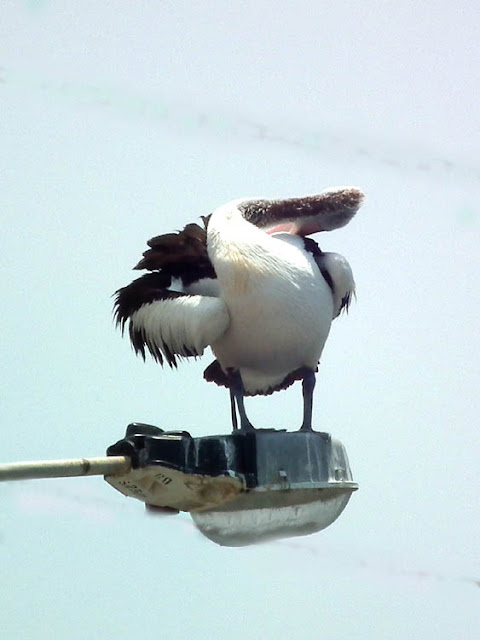I nearly stepped on this Western Whip Snake Hierophis viridiflavus, snoozing in the sun. It didn't notice me for several minutes. I could see it breathing. When it realised I was there it glided off under the 'to be burnt' pile. It was about a metre long.
A closeup of the scales, showing the yellow patterning. Every Western Whip Snake seems to have a different pattern and they vary considerably in design and colouring. This one is a particularly stripey one.
Quite a few of the Early Spider Orchids Ophrys sphegodes are out. The flowers can vary quite a bit in the form and patterning of their labellums (bottom petal).Click on the link to Loire Valley Nature if you are interested in comparing a number of individual plants.
Apple blossom is the most beautiful of the fruit tree flowers I think. Plus it is most pleasantly scented. Some of our apples don't have much blossom, but others are covered. Like many fruit trees they tend to naturally alternate a heavy crop with a light one. Because we have 8 trees and 6 different varieties we always get something. This one is Granny Smith.
The chafer beetle Tropinota sp feeding on dandelion pollen. There were lots of these on Sunday (although I didn't check every one to see which species I had...)
Cheating here -- this morel was photographed 10 days ago. Several appeared in the potager this year, but they don't come every year. This is typical of morels. As a French friend says, they are infidèle.
***********************************************************
Pesticide News: The EC has voted to ban the use of neonicotide insecticides on certain flowering crops (such as canola and sunflowers) throughout the EU for a trial period of 3 years. This is the result expected by environmental lobbyists after the European Parliament failed to pass this ban. For those of you mystified by the technicalities of how the European Union works, the European Parliament is where all the elected Members sit, debate and vote. Above them is the European Commission, made up of a College of Commissioners and the horde of civil servants that administer the legislation and policy, usually abbreviated to EC. The College of Commissioners is made up of 27 representitives, one from each member country. They are appointed by the European Council and ratified by a vote from the Parliament. The European Council is made up of the heads of state of each of the member countries. It is the EC that holds the real power to affect peoples' lives here. Their remit is to work on behalf of the EU as a whole, not for their individual countries. This is not the first time they have overridden the Parliament in an agricultural environmental matter (GM crops are banned in Europe because the EC voted against them). In practical terms in France this ban will have no impact, as France has already banned these chemicals.




















































